All Time 10 Rarest Elements on Earth: The more common elements on the periodic table, such as hydrogen, gold, and oxygen, are generally well-known to everyone; nevertheless, the uncommon elements on this list aren’t discussed very frequently outside of the scientific community.
Hydrogen is arguably the most well-known element on the periodic table. Radioactivity and a lack of potential industrial or practical applications render virtually all of the earth’s rarest elements useless.
The vast majority of these components are solely utilized for research purposes, and most of them don’t even last long enough to be completely investigated.
Every one of the elements on this list is only found in relatively trace amounts in nature or can be manufactured in a lab.
All Time 10 Rarest Elements on Earth 2024
1. Neptunium
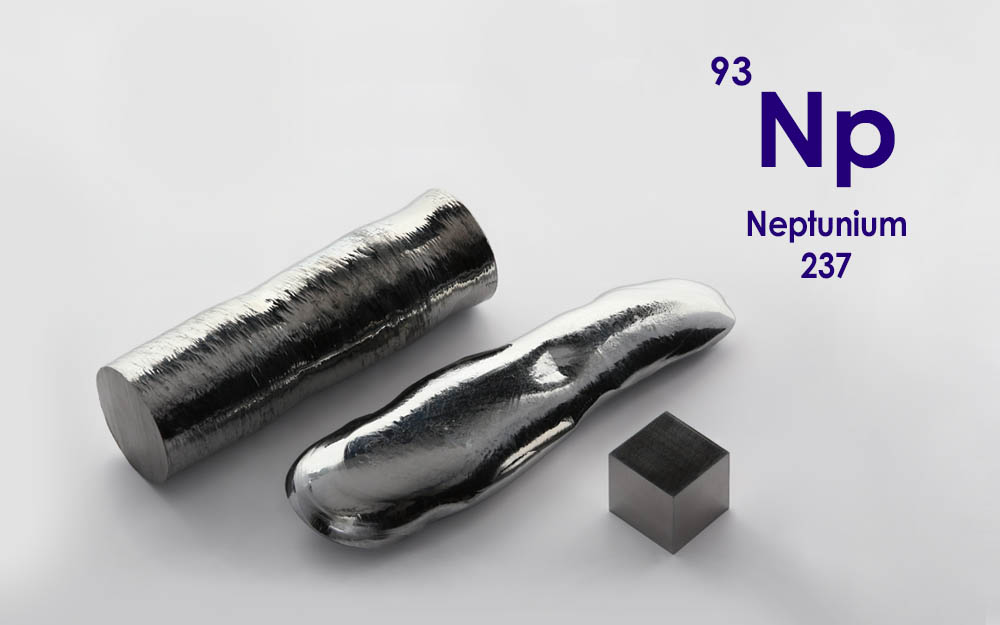
- Abundance: only trace amounts are found in the Earth’s crust; about 60,000 kilograms are produced as a byproduct of nuclear power plants each year
- Atomic Number: 93
- Atomic Weight: 237 (most stable isotope)
- Element Category: Actinide
- Common Uses: Precursor in Plutonium production; used in devices for detecting high-energy (MeV) neutrons; radioisotope thermal generators to provide electricity for spacecraft
On the periodic table, Neptunium is located directly after Uranium, making it the first element in the transuranic series.
Neptunium-237 and Neptunium-239 are two of the isotopes of the element neptunium that can be found in naturally occurring low quantities in uranium ores as decay products of transmutation reactions.
The vast majority of neptunium is created in nuclear reactors by subjecting uranium to neutron bombardment.
Neptunium is produced as a byproduct of nuclear power reactors that are more conventional, but it has no applications in the commercial sector.
Neptunium, on the other hand, is a necessary step in the manufacturing of plutonium and is also incorporated into radioisotope thermal generators that supply spacecraft with electricity.
Did It Cross Your Mind?
Since the planet Uranus inspired the naming of the element uranium, scientists chose to call Neptunium after Neptune, the planet that comes after Uranus in the solar system.
2. Curium

- Abundance: Unknown if any trace amounts exist naturally; several kilograms are produced each yea6
- Atomic Number: 96
- Atomic Weight: 247 (most stable isotope)
- Element Category: Actinide
- Common Uses: used to produce heavier actinides; used in radionuclides for power sources in artificial pacemakers; used in alpha particle X-ray spectrometers
The radioactive chemical element curium was named after Marie and Pierre Curie, who were well-known for their study of radioactivity.
Curium is a transuranic radioactive chemical element. Curium was most likely already synthesized as a byproduct of earlier nuclear tests; nevertheless, it wasn’t produced on purpose until 1944 at the University of
Glenn T. Seaborg, Ralph A. James, and Albert Ghiorso of the University of California, Berkeley wrote the article.
Due to the fact that the Manhattan Project was responsible for the discovery of both Curium and Americum, none of these elements were ever disclosed to the general public.
Five days before Seaborg was scheduled to officially report his findings on the discovery of Curium and Americum at a conference of the American Chemical Society on November 11, 1945, he disclosed the discovery on a radio show.
Did It Cross Your Mind?
Curium-247, the isotope with the longest half-life, has a very long half-life of 15.6 million years. This means that any primordial curium that was present on Earth when it first formed would have already decayed away by the time the Earth was formed.
The use of certain locations for the testing of atmospheric nuclear bombs has resulted in the discovery of minute levels of the element curium.
3. Americium
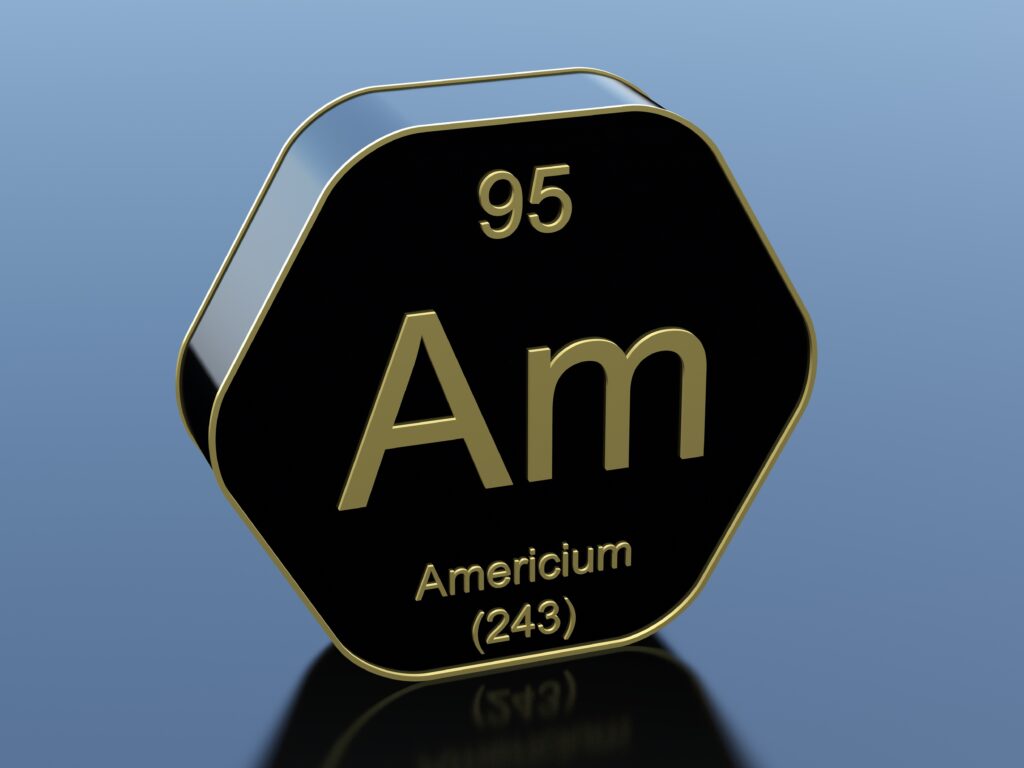
- Abundance: possible trace amounts found in the Earth’s crust, but has never been confirmed; several kilograms produced each year
- Atomic Number: 95
- Atomic Weight: 243 (most stable isotope)
- Element Category: Actinide
- Common Uses: Used in commercial ionization chamber smoke detectors; neutron sources; industrial gauges; starting material for the production of other transuranic elements and transactinides
Americium is yet another extremely rare element that can only be manufactured in a lab and is created through nuclear processes.
Americium-241 and Americium-243 are the isotopes of americium that have the longest half-lives and are found most frequently.
Their half-lives are 432.2 and 7,370 years, respectively. Therefore, although it is plausible that there are trace amounts of americium naturally occurring in uranium minerals as a result of nuclear processes, the existence of americium naturally occurring in the environment has not yet been verified. In nuclear reactors, uranium or plutonium are subjected to a barrage of neutrons, which results in the production of americium.
Did It Cross Your Mind?
About one hundred grams of americium are found in one tonne of spent nuclear fuel, and several kilograms of the element are manufactured each year for use in smoke detectors, industrial gauges, neutron sources, and other research and practical applications.
4. Californium
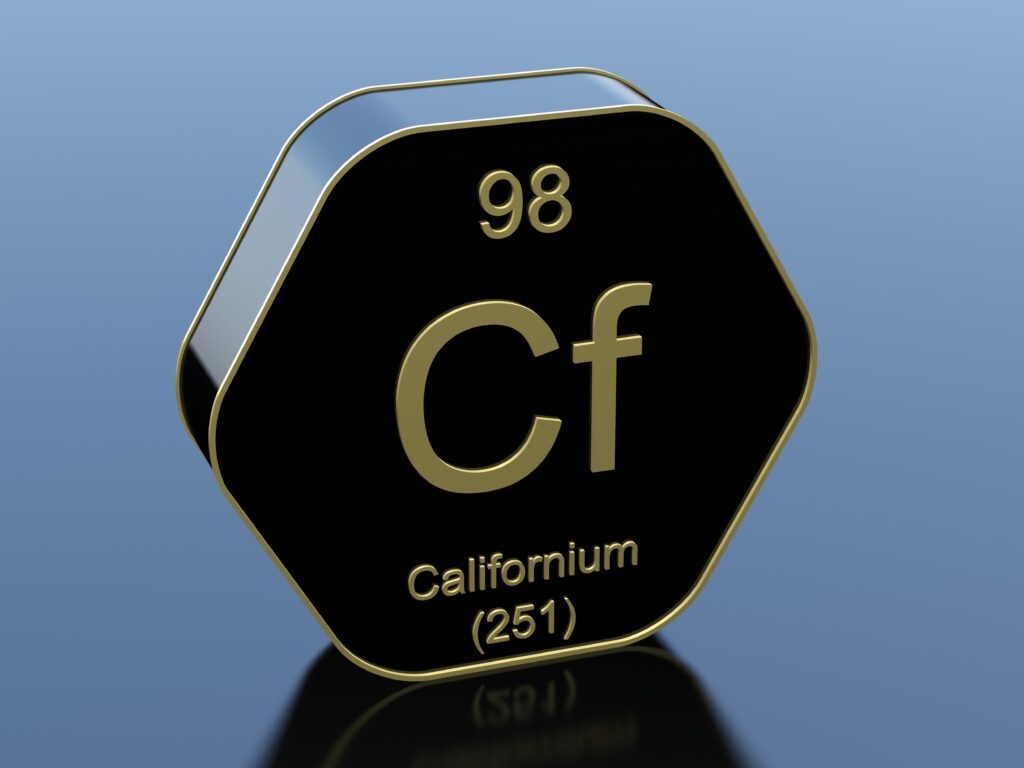
- Abundance: about 500 milligrams are produced annually
- Atomic Number: 98
- Atomic Weight: 251 (most stable isotope)
- Element Category: Actinide
- Common Uses: Used to help start up nuclear reactors; used in the nuclear synthesis of higher mass elements; used in neutron moisture gauges; used as a neutron source to identify gold and silver ores through a technique known as neutron activation; neutrons used as a treatment of certain cervical and brain cancers; and many more practical uses
In contrast to the majority of transuranium elements (elements with atomic numbers larger than 92, such as uranium), Californium has a wide variety of applications outside of the realm of scientific research.
The majority of these applications take advantage of the fact that specific isotopes of californium emit neutrons. One of the most important
One of the applications of Californium is in the ignition of nuclear reactors. Neutrons derived from Californium are sometimes employed in the treatment of some forms of cervical and brain cancer when conventional radiation therapy is unable to provide the desired results.
Because Californium has such a wide range of applications, approximately 500 milligrams of the element are manufactured each year.
Did It Cross Your Mind?
Because the element can bioaccumulate in skeletal tissues and disturb the development of red blood cells, Californium poses the greatest risk to human health when it enters the body of a human being.
5. Promethium
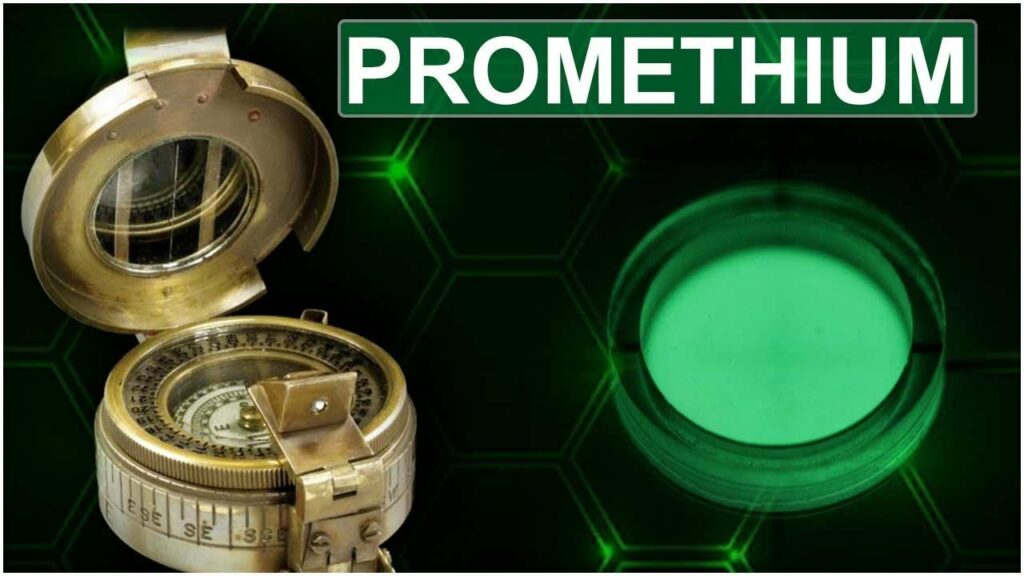
- Abundance: only about 500 to 600 grams in Earth’s crust at any given time
- Atomic Number: 61
- Atomic Weight: 145 (most stable isotope)
- Element Category: Lanthanide
- Common Uses: Mostly just used for scientific research, but Promethium-147 is used in luminous paint, atomic batteries, and thickness measurement devices.
The majority of the naturally occurring promethium can be found in uraninite ore deposits, similar to the case with Protactinium, which is also included on this list.
Only roughly 500 to 600 grams of promethium are thought to exist in the crust of the earth at any given moment.
The waste products generated during the fission of uranium are used to extract synthetic promethium.
Promethium was finally created and characterized in 1945 at Oak Ridge National Laboratory. The process involved the separation and study of the fission products of uranium fuel that had been irradiated in a graphite reactor.
Despite the fact that the discovery of promethium had several false starts, it was finally produced.
Did It Cross Your Mind?
Promethium is one of only two radioactive elements, along with technetium, that is followed in the periodic table by elements that have stable forms. The other radioactive element that fits this description is technetium.
6. Protactinium
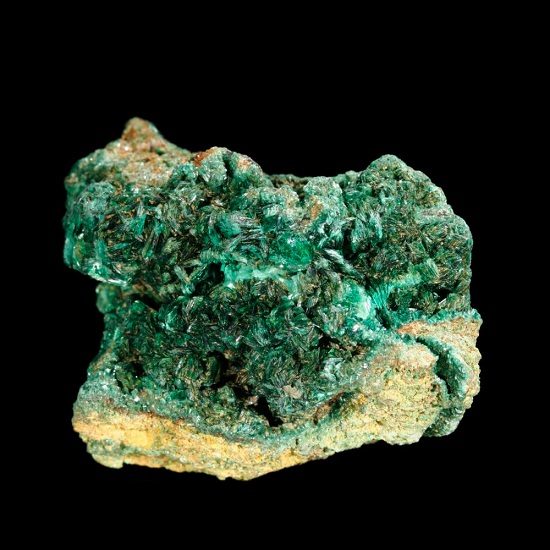
- Abundance: few parts per trillion (0.1 part per trillion) in Earth’s crust; able to produce 125 grams at one time
- Atomic Number: 91
- Atomic Weight: 231.03588(1)
- Element Category: Actinide
- Common Uses: No practical uses outside of scientific research
Protactinium possesses both a high level of radioactivity and a high level of toxicity. Even though most protactinium is obtained from spent nuclear fuel, it can also be found in its natural state.
In general, the concentration of protactinium in the crust of the Earth is only a few parts per trillion; nevertheless, the concentration of protactinium in some uraninite ore deposits can reach up to a few parts per million.
Protactinium is an intermediate product that is not wanted to be produced in nuclear reactors that use thorium as their fuel source.
Did It Cross Your Mind?
The majority of the elements on this list, particularly those that are fully manufactured, have relatively short half-lives.
However, the naturally occurring isotope of protactinium with the longest half-life and the highest abundance (almost 100 percent), which is protactinium-231, has a half-life of 32,760 years and is a decay product of uranium-235.
7. Francium
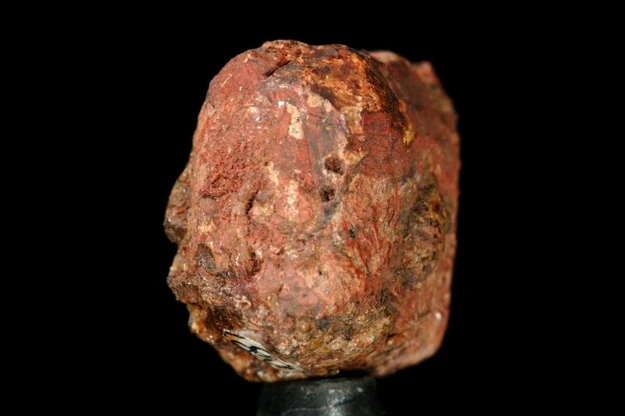
- Abundance: between 20 to 30 grams at any given time found in Earth’s crust; a few hundred thousand atoms have been produced
- Atomic Number: 87
- Atomic Weight: 223 (most stable isotope)
- Element Category: Alkali metal
- Common Uses: No practical uses outside of scientific research in the fields of chemistry and of atomic structure
There are currently 34 different isotopes of francium that have been discovered, and their atomic masses range anywhere from 199 to 232.
Only francium-223 and francium-221 are known to occur naturally in the crust of the Earth, and even then, only in minute quantities ranging from 20 to 30 grams at any given moment.
Only trace amounts of francium have been synthesized, and there hasn’t been nearly enough collected to make a substantial amount of either a solid or a liquid.
However, it is believed that francium is a metal that possesses a high degree of reactivity.
Did It Cross Your Mind?
Francium was found for the first time in nature by Marguerite Perey in France in 1939. It is the final element to be discovered in nature rather than created synthetically (although additional synthetic elements were later found in nature).
8. Berkelium
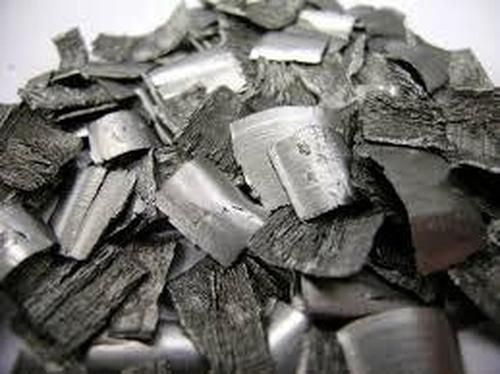
- Abundance: few milligrams produced as a byproduct in nuclear reactors; just over 1 gram ever produced in the United States since it was first discovered
- Atomic Number: 97
- Atomic Weight: 247 (most stable isotope)
- Element Category: Actinide
- Common Uses: No practical uses outside of scientific research
The element Berkelium was given its name after the city of Berkley, which is located in the state of California and is home to the Lawrence Berkeley National Laboratory (which was formerly known as the University of California Radiation Laboratory).
In December of 1954, the laboratory made history by being the first to successfully synthesize berkelium on purpose.
Before this finding, it was possible that berkelium had been generated in earlier nuclear tests; however, this is no longer the case.
Because of the extreme difficulty of its production, only slightly more than one gram of berkelium has ever been produced in the United States since the element was discovered.
Did It Cross Your Mind?
Because scientists have been able to create sufficient amounts of berkelium, they are aware that it is a radioactive, soft metal with a silvery-white color.
9. Oganesson
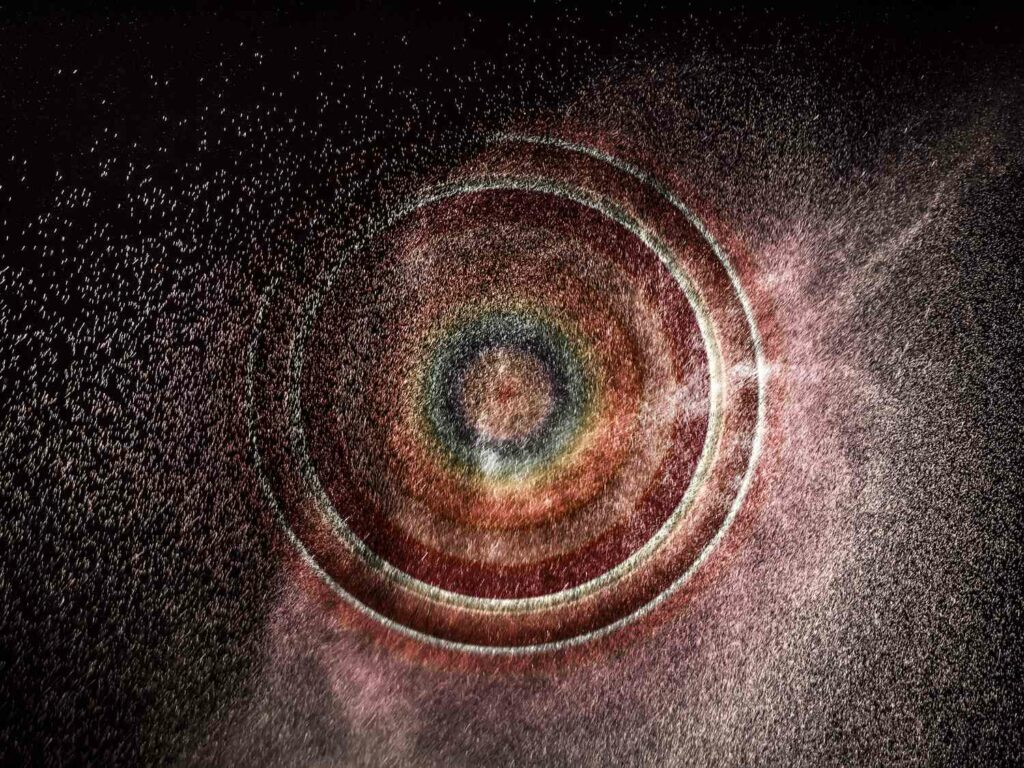
- Abundance: few milligrams produced as a byproduct in nuclear reactors; just over 1 gram ever produced in the United States since it was first discovered
- Atomic Number: 118
- Atomic Weight: 294 (most stable isotope)
- Element Category: Unknown chemical properties; possibly a metallic-looking reactive solid
- Common Uses: No practical uses outside of scientific research
Only a few of oganesson atoms have ever been manufactured, making it one of the rarest synthetic elements ever discovered.
The radioactive element is highly unstable, and its half-life is only 0.89 milliseconds (0.00089 seconds), making it one of the elements with the shortest possible half-lives.
In spite of the fact that the Danish chemist Hans Peter Jrgen Julius Thomsen predicted the presence of the Oganesson in the year 1895, the Oganesson wasn’t synthesized until the year 2005.
Did It Cross Your Mind?
Oganesson is the element with the greatest atomic number and the highest atomic mass of any element that is currently known.
10. Astatine
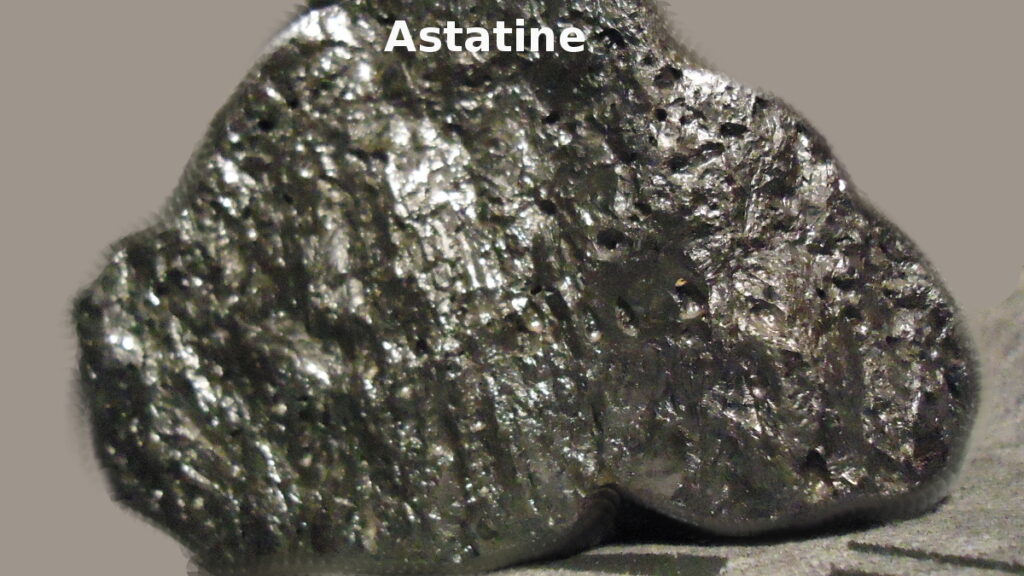
- Abundance: less than 1 gram present in Earth’s crust at any given time; only 0.05 micrograms have ever been produced
- Atomic Number: 85
- Atomic Weight: 210 (most stable isotope)
- Element Category: Metalloid
- Common Uses: Currently being researched for use in nuclear medicine; has potential for targeted alpha-particle therapy
The amount of astatine that can be found in the crust of the earth at any given time is less than one gram, making it the rarest naturally occurring element on the planet.
Not only is there a very small amount of astatine found in nature, but it is also incredibly difficult to synthesize, especially in the astatine-210 form, which is considered to be its most stable.
The half-lives of all of astatine’s isotopes are rather short, but the shortest of these is astatine-210, which lasts for only 8.1 hours.
Did It Cross Your Mind?
Although scientists have created various forms of astatine, such as astatine-210 and astatine-211 (the latter of which may have been used in medicine), they have never created a pure sample of astatine.
This is due to the fact that any macroscopic specimen of astatine would be rapidly vaporized by the heat of its own radioactivity.
All Time 10 Rarest Elements on Earth – Newshub360.net
Related Post
Credit: www.Newshub360.net
